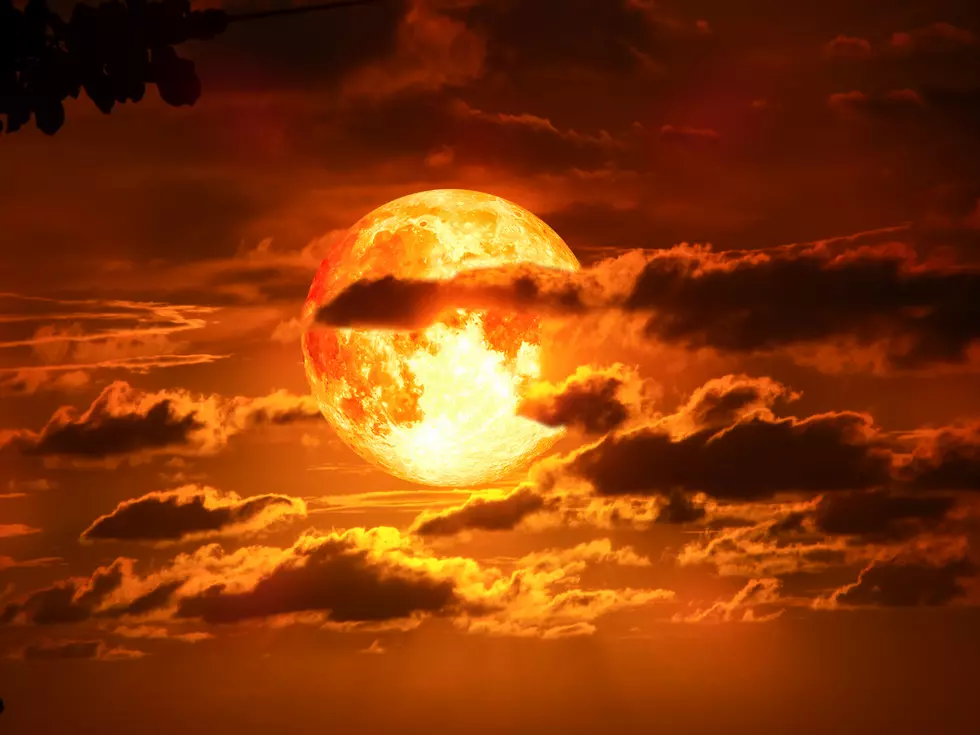
Conditions Good in Michigan to View the Full Buck Moon
Forecasters calling for favorable viewing conditions for tonight's (7/23) full 'Buck Moon'.
The full 'Buck Moon' is set to rise tonight. In the Battle Creek area, the moon will appear on the southeast horizon shortly before 9:30. The moon will reach its maximum illumination at 10:37 p.m. EDT, the exact moment the moon will be opposite the sun with the Earth sandwiched in between, according to WWMT.

The forecast looks promising for Friday night viewing with mostly to partially clear skies expected as the moon rises.
Smoke from wildfires in Canada and to the west is expected to increase tonight, which could cause a slight orange or reddish tint to the full moon as it rises. The full 'Buck Moon' will appear full again Saturday night, but clouds in Michigan will likely spoil viewing conditions.
According to Space.com, you can use the full moon to find Saturn and Jupiter in the night sky. On Friday, the planet Saturn, which will shine brightly, will be about eight degrees above the moon during morning twilight. Look to the southwest. Space.com recommends stretching your arm to its maximum and clench your hand into a fist, your fist is roughly 10 degrees across.
Why is it called the 'Buck Moon'?
According to the Old Farmer's Almanac, July's full moon is called the 'Buck Moon' because the antlers of male deer are in full-growth mode at this time. Bucks shed and regrow their antlers each year. Every year they grow a larger set of antlers.
The July full moon is also referred to as the 'Thunder Moon' due to favorable weather conditions for thunderstorms.
LOOK: The most expensive weather and climate disasters in recent decades
More From 100.7 WITL









